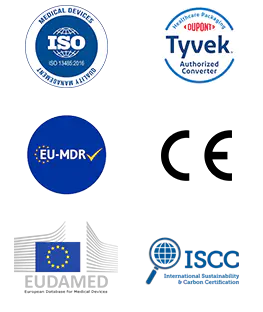With the continuous development of public health, industrial safety, and research fields, Tyvek Breathing Cover has gradually become a core product in the protective equipment market. Due to its unique properties, Tyvek material is widely used in breathing covers, protective suits, and other safety equipment. So, what are the advantages and limitations of Tyvek material?
Content
- 1 Advantages of Tyvek Material: Lightweight, Efficient, and Strong Protection
- 2 Limitations and Challenges of Tyvek Material
- 3 Hopeway AMD's Technological Innovations: Optimizing Tyvek Breathing Cover Performance
- 4 Multi-Industry Applications and Safety Standards
- 5 How the Advantages and Limitations of Tyvek Material Influence Industry Development
- 6 Why Choose Tyvek Breathing Cover
Advantages of Tyvek Material: Lightweight, Efficient, and Strong Protection
Tyvek is a high-density polyethylene fiber material with multiple ideal characteristics. Its advantages include:
1.Lightweight and Breathable
The micro-porous structure of Tyvek blocks dust and microorganisms while allowing air circulation, keeping the wearer comfortable during extended use.
2.High Strength and Durability
The material itself is tear-resistant and puncture-resistant, providing reliable protection in complex environments.
3.Chemical and Liquid Protection
In protective cover design, Tyvek can block liquid splashes and some chemical particles, suitable for laboratories and industrial environments.
4.Easy to Clean and Maintain
Tyvek material tolerates light wet wiping or disinfection, making it easy to maintain and reusable, thus reducing usage costs.
| Advantage | Specific Performance | Example Application |
| Lightweight & Breathable | Micro-porous structure ensures airflow | Long-term use in medical or lab settings |
| High Strength & Durable | Tear-resistant, puncture-resistant | Chemical or industrial operations |
| Chemical & Liquid Protection | Blocks liquid splashes and chemical particles | Pharmaceutical or chemical production |
| Easy to Clean & Maintain | Can be wiped or disinfected | Medical cleaning or repeated use |
Limitations and Challenges of Tyvek Material
Although Tyvek is popular for its lightweight, breathability, and strong protection, it also has some limitations and challenges in practical applications:
1.Limited High-Temperature Resistance
Tyvek is a high-density polyethylene fiber that may soften, deform, or degrade when exposed to high temperatures.
Its protective performance may be compromised in environments requiring high-temperature sterilization or contact with heat sources.
2.Cumulative Wear and Reduced Performance Over Time
Despite being durable and tear-resistant, repeated folding, friction, or prolonged use can gradually damage the fiber structure.
The effectiveness of the protective cover may decrease over time, requiring regular replacement or maintenance.
3.Balance Between Breathability and Protection
Tyvek is breathable, ensuring comfort, but single-layer Tyvek may be insufficient against ultrafine particles, dust, or chemical exposure.
Adding filtration layers or multi-layer structures is necessary to maintain both comfort and high protection.
4.Limited Chemical Resistance
Tyvek has limited resistance to certain organic solvents, strong acids, or strong bases.
In chemical environments, additional protective materials or coatings are required.
5.Sensitivity to Environmental Factors
Long-term exposure to UV light, humidity, or mechanical friction may gradually degrade the material's performance.
Proper storage and usage conditions—controlling temperature, humidity, and light exposure—are essential to ensure long-term material stability.
Hopeway AMD's Technological Innovations: Optimizing Tyvek Breathing Cover Performance
In response to the strengths and limitations of Tyvek material, Hopeway AMD has implemented multiple technological optimizations in the design of breathing covers to enhance protection, comfort, and durability.
1. Modular Multi-Layer Structure Design
To address the limitations of single-layer Tyvek in filtering ultrafine particles, Hopeway AMD combines multiple layers: the outer layer maintains Tyvek's original breathability and tear resistance, the middle layer adds filtration to block fine particles, and the inner layer enhances wearer comfort.
This multi-layer design balances protective performance with breathability, effectively reducing heat and discomfort during long-term wear.
2. Ergonomic Wear Design
The breathing cover features a lightweight structure with adjustable straps, ensuring a snug and comfortable fit for users of different facial shapes.
Optimized mask design reduces pressure points on the face, making it suitable for long-term use in high-intensity environments such as healthcare, laboratories, and industrial settings.
3. Intelligent Safety and Usage Monitoring
Some advanced models integrate breathing resistance and usage time monitoring, providing timely alerts for replacement or maintenance.
Sensor data analysis helps managers monitor equipment status, improving protection efficiency.
4. Durability and Maintenance Optimization
Key components and material interfaces adopt a quick-disassembly structure, facilitating cleaning, disinfection, and part replacement.
Ceramic or coating enhancements improve edge wear resistance, extend overall lifespan, and reduce maintenance costs.
5. Multi-Industry Application Adaptability
Hopeway AMD Tyvek are widely applicable across healthcare, food processing, chemical laboratories, and research laboratories.
Modular design and adjustable multi-layer structures allow rapid customization to meet the protection needs of different scenarios.
Multi-Industry Applications and Safety Standards
Where is Tyvek Breathing Cover used?
| Industry Sector | Application Description |
| Healthcare & Public Health | Operating rooms, isolation wards, and routine protection |
| Industrial Laboratories | Chemical experiments, dust operations, and precision manufacturing |
| Food Processing | Production lines and packaging protection |
| Research Laboratories | High-cleanliness operations and protective tasks |
Additionally, Hopeway Covers have passed multiple international safety standards, including protection level, chemical resistance, and biosafety testing, providing reliable assurance for users.
How the Advantages and Limitations of Tyvek Material Influence Industry Development
The strengths and limitations of Tyvek material directly shape the development of the protective equipment industry.
1. Advantages Driving Industry Innovation
Tyvek's lightweight, breathable, tear-resistant, and chemical-resistant properties make it a preferred material for healthcare, research, food processing, and industrial safety.
High breathability and comfort reduce fatigue during long-term wear, providing sustainable protection in high-intensity environments.
Easy processing and modular design allow manufacturers to develop multi-layer filtration structures, protective covers, and suits, increasing product functionality diversity.
2. Limitations Promoting Technological Upgrades
Sensitivity to high temperature and limited chemical resistance require designers to add auxiliary protective layers or use composite materials, driving innovation in material science and processing technology.
Long-term wear may reduce protective performance, necessitating durable structures and intelligent monitoring systems, promoting the industry toward digital and smart management.
Balancing breathability and protection encourages manufacturers to optimize comfort and safety, to trends such as multi-layer structures, adjustable fit, and modular products.
3. Industry Development Trends
Tyvek-based protective equipment drives standardization and smart upgrades in the industry, encouraging continuous innovation in material selection, structural design, and data monitoring.
The industry is moving toward "high-performance, multi-scenario, intelligent"product development, ensuring protective equipment not only meets basic protection needs but also offers comfort, durability, and traceability.
Why Choose Tyvek Breathing Cover
The reasons for choosing a Tyvek Breathing Cover stem both from the inherent advantages of Tyvek material and its adaptability to multi-scenario protection needs:
1. Efficient Protection
Tyvek material offers tear resistance and particle-blocking capabilities, effectively protecting against dust, bacteria, and certain chemical particles.
The multi-layer structure further enhances protection against ultrafine particles and liquid splashes, meeting the stringent requirements of healthcare, laboratory, and industrial environments.
2. Comfort and Long-Term Wearability
The material is lightweight and breathable, reducing wearer fatigue.
Combined with ergonomic design and adjustable straps, it fits various facial shapes comfortably, allowing extended use without pressure points.
3. Durability and Easy Maintenance
Optimized material interfaces and modular structure facilitate cleaning, disinfection, and quick replacement of key components.
Wear-resistant and chemically treated surfaces extend service life, reducing replacement frequency and maintenance costs.
4. Multi-Industry Applicability
Widely used across healthcare, food processing, chemical laboratories, and research facilities.
Multi-layer filtration or smart monitoring modules can be quickly configured according to different requirements, providing flexible protection.
5. Intelligent and Safety Monitoring
High-end models can monitor breathing resistance and usage duration, providing timely alerts for replacement or maintenance.
Enhances protection efficiency while ensuring user safety, enabling intelligent management of protective equipment.

 English
English Français
Français Deutsch
Deutsch Nederlands
Nederlands


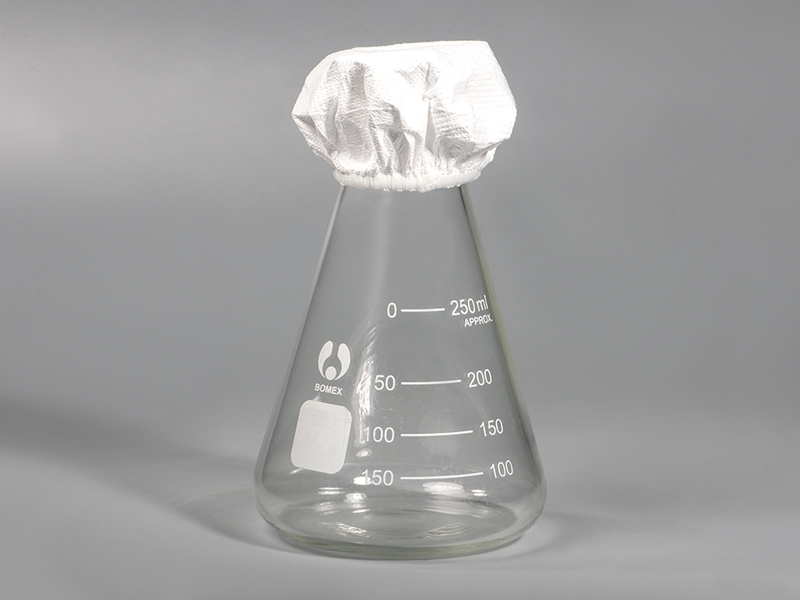
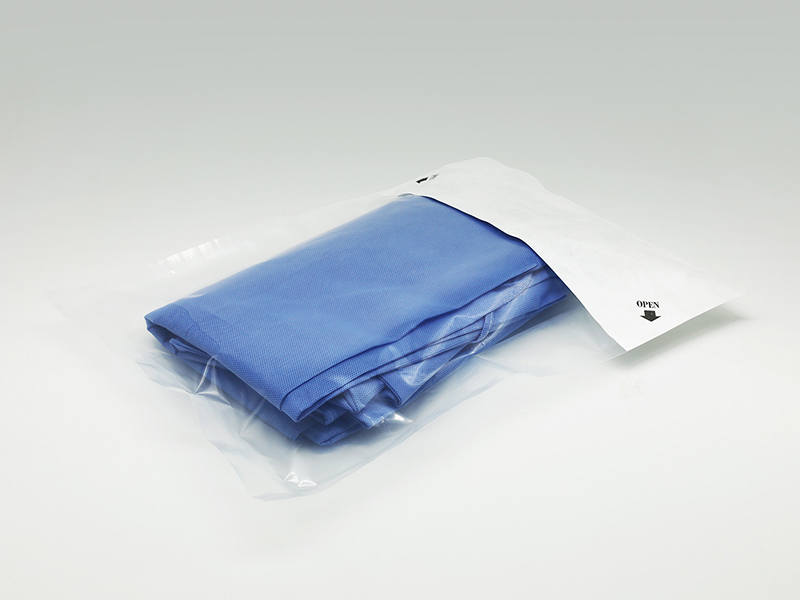



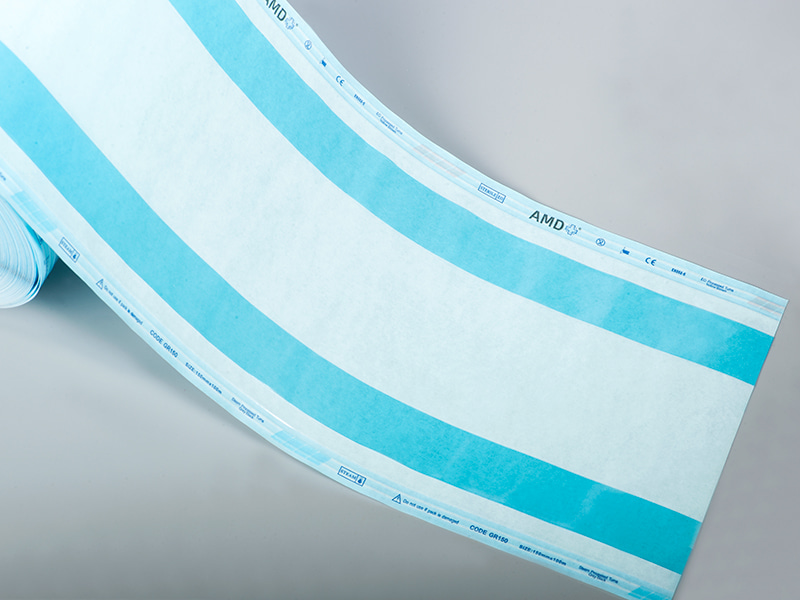
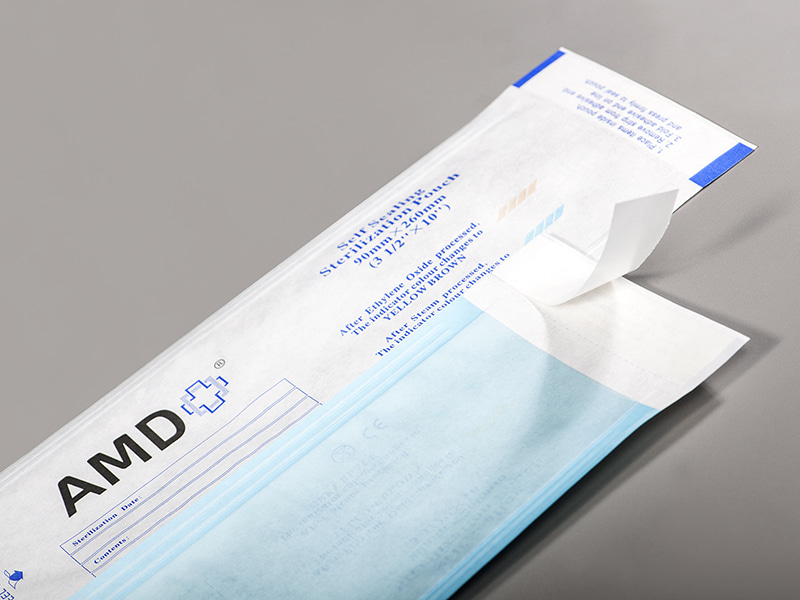
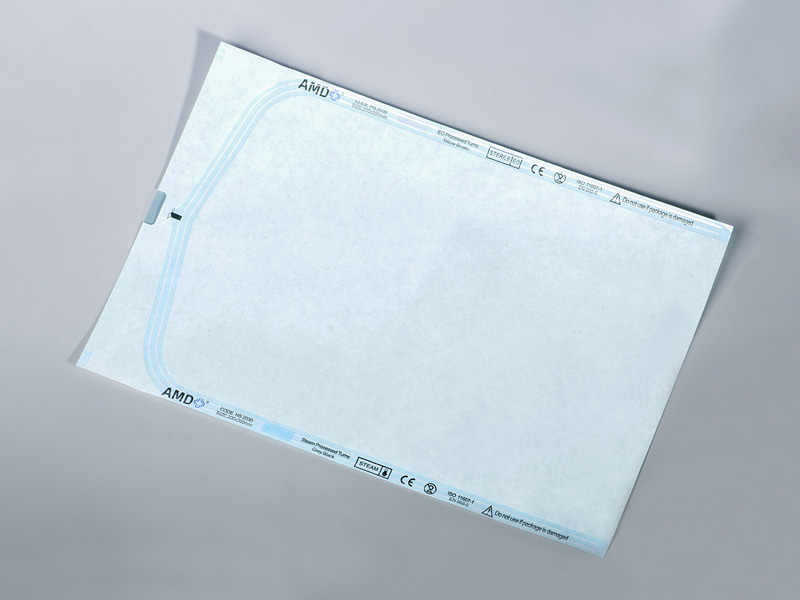
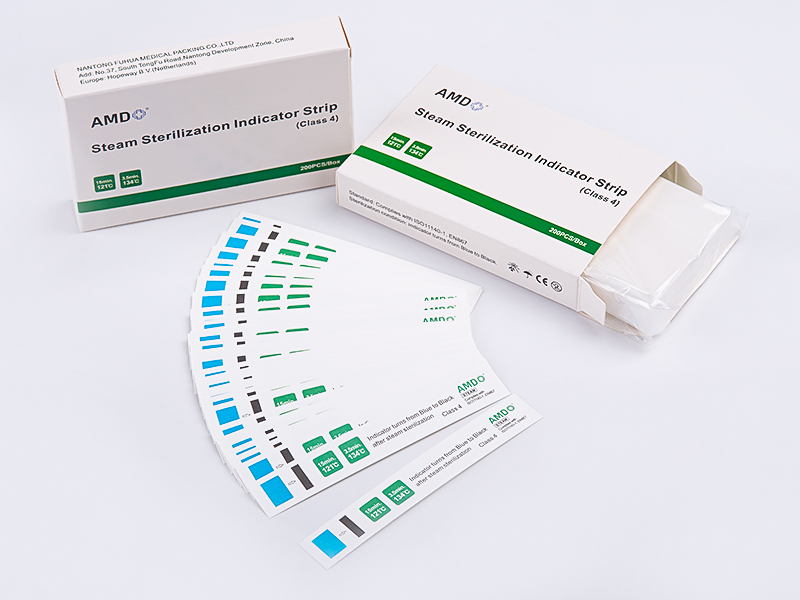
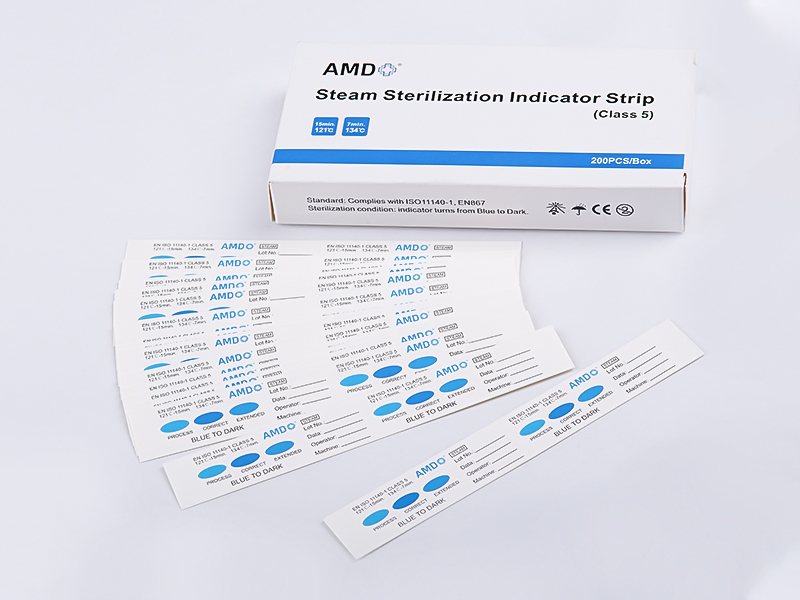

 ‘s-Gravenweg 542, 3065SG RotterdamThe Netherlands
‘s-Gravenweg 542, 3065SG RotterdamThe Netherlands
 +31 (0)10 254 28 08
+31 (0)10 254 28 08
